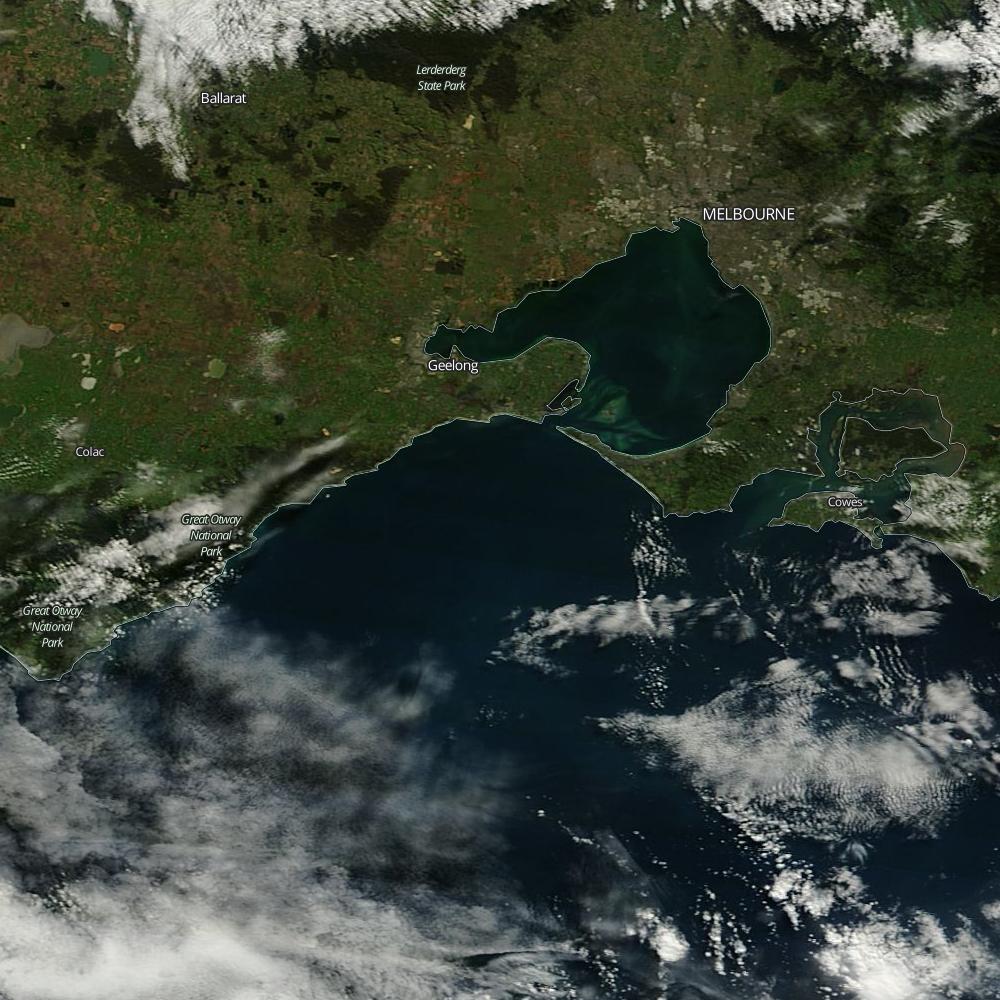
Models of contrail formation assume that the hot and humid exhaust air (point B) mixes linearly with ambient air (point A) until it reaches the same temperature and humidity.
During the mixing, it passes into the cloud formation stage (combined RHw > 100%), and thus forms a contrail.
So if two engines are producing different contrails in the same air conditions (a common point A) then either:
- The engines have a different point B - i.e. the exhaust temp & humidity differ between engines
- The mixing curve B-A differs between engines - and for at least one of them is non-linear.
Explanation #1 could happen if different engines have different throttle settings.
Explanation #2a could happen due to the way the wake vortices affect the engines differently - with the outer engines being pulled up and over, this might result in different local pressure changes, and hence (?) a different mixing curve? This seems unlikely to me - can you even get non-linear mixing due to pressure changes?
An alternative explanation #2b is that the formation of the aerodynamic contrail partially desaturates the local air, this essentially creates an intermediate "ambient" air that has lower relative humidity (as the water vapor has partially condensed). So the mixing curve will initially head towards this intermediate point. This air itself is also mixing with the ambient air outside the aerodynamic contrail, and the combined effects of a mixing of three masses of air results in a non-linear mixing curve.
There could also be a combination of factors from #2a and #2b, as the wake vortex motion could affect the mixing speed between the exhaust gases, the aerodynamic contrail air, and the ambient air.

